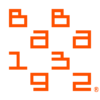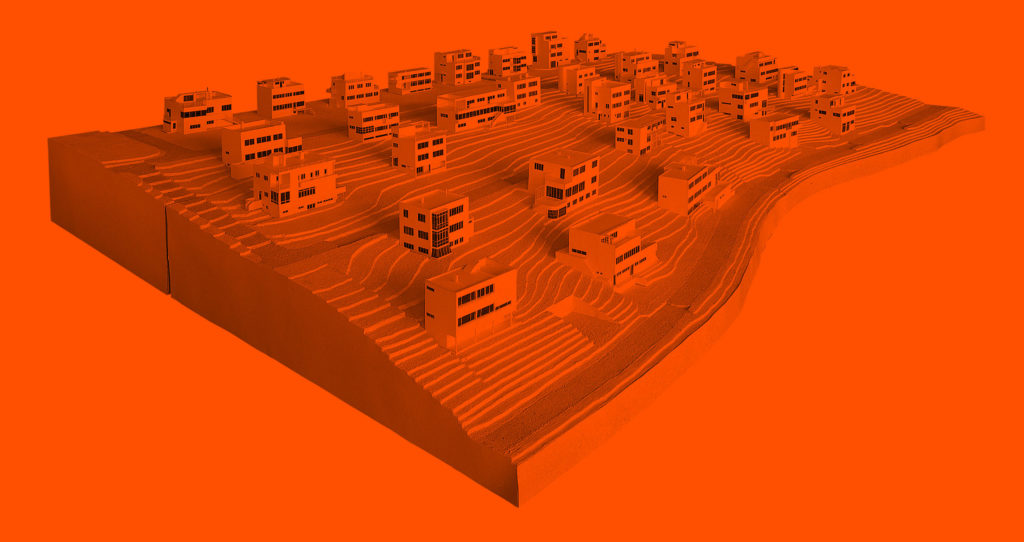Otokar Fischel
(*1904 Liberec +1984 Prague)
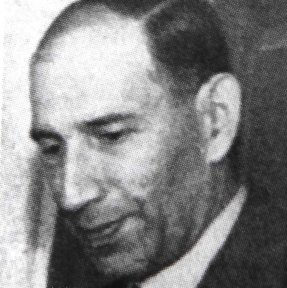
A certified civil engineer with his own design studio; he specialised in smaller buildings. He participated in the Baba estate by designing the Lužný House and Bautz House and cooperating on the design of the Munk House with Josef Fuchs during the first stage of the project. As František Munk’s nephew, he supervised the construction of the house until its completion. The Munks moved into the house only after returning from a business stay in the USA. He also supervised the construction of the Czechoslovak Werkbund’s House of the Art Industry by the architect Oldřich Starý.
Jaroslav Fišer
(*1904 Liberec +1984 Prague)
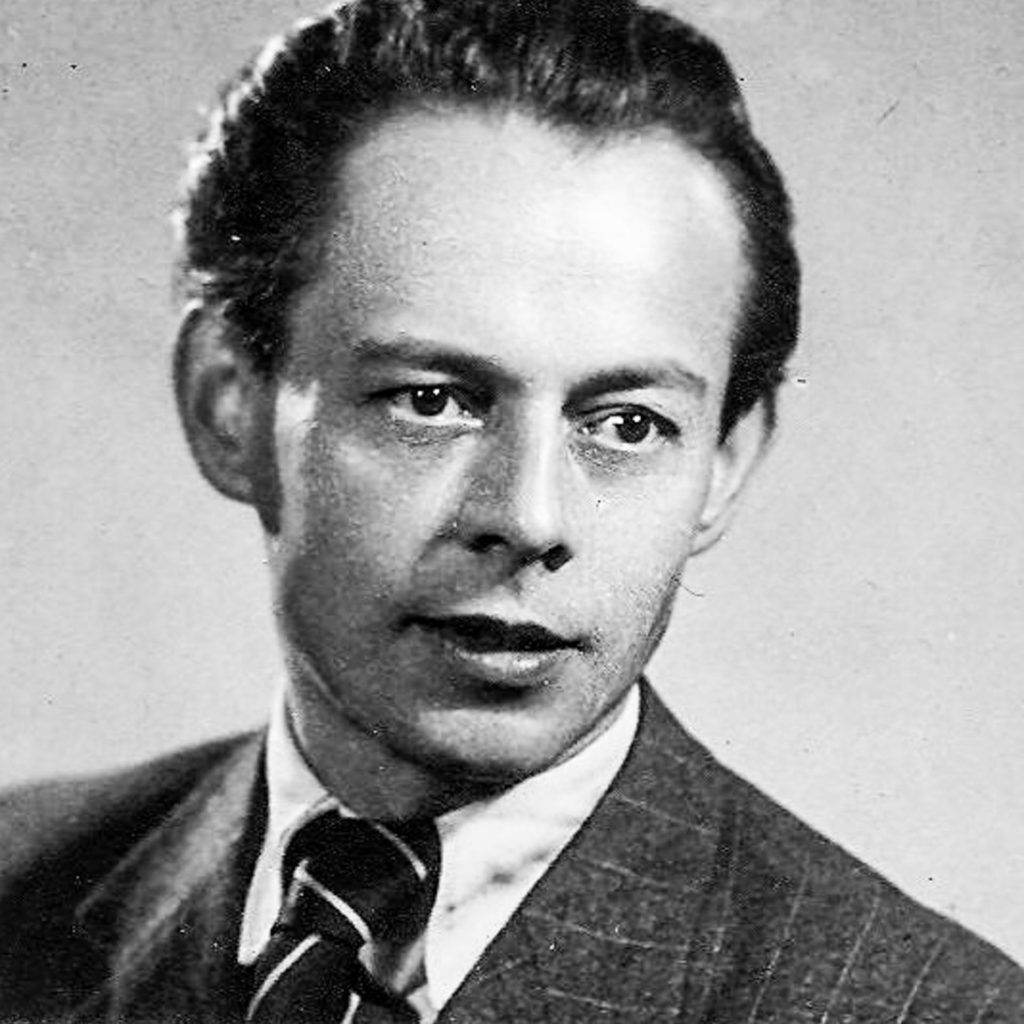
An architect who studied in the Hague and Vienna and was a student of Josef Gočár at the Prague Academy of Fine Arts. He managed an independent architectural studio together with his brother Karel Fišer. In addition to the Joska House in Baba, they also designed other houses and buildings throughout the country. He was also an expert on lighting design.
1923-1932
studied at the Royal Academy of Art, The Hague and Academy of Fine Arts in Vienna and in the master class of Professor Josef Gočár in Prague
1932-1934
extended stay in the Netherlands, worked with the architectural studio of H. P. Berlage and the Phillips company
1934-1948
expert on lighting in the project of the State Gallery in Prague in Letná by Josef Gočár
1948-1970
associate professor at the Academy of Arts in Prague, expert in the field of lighting in architecture
Significant Works
Karel Fišer
(*1905 Liberec +1971 Prague)
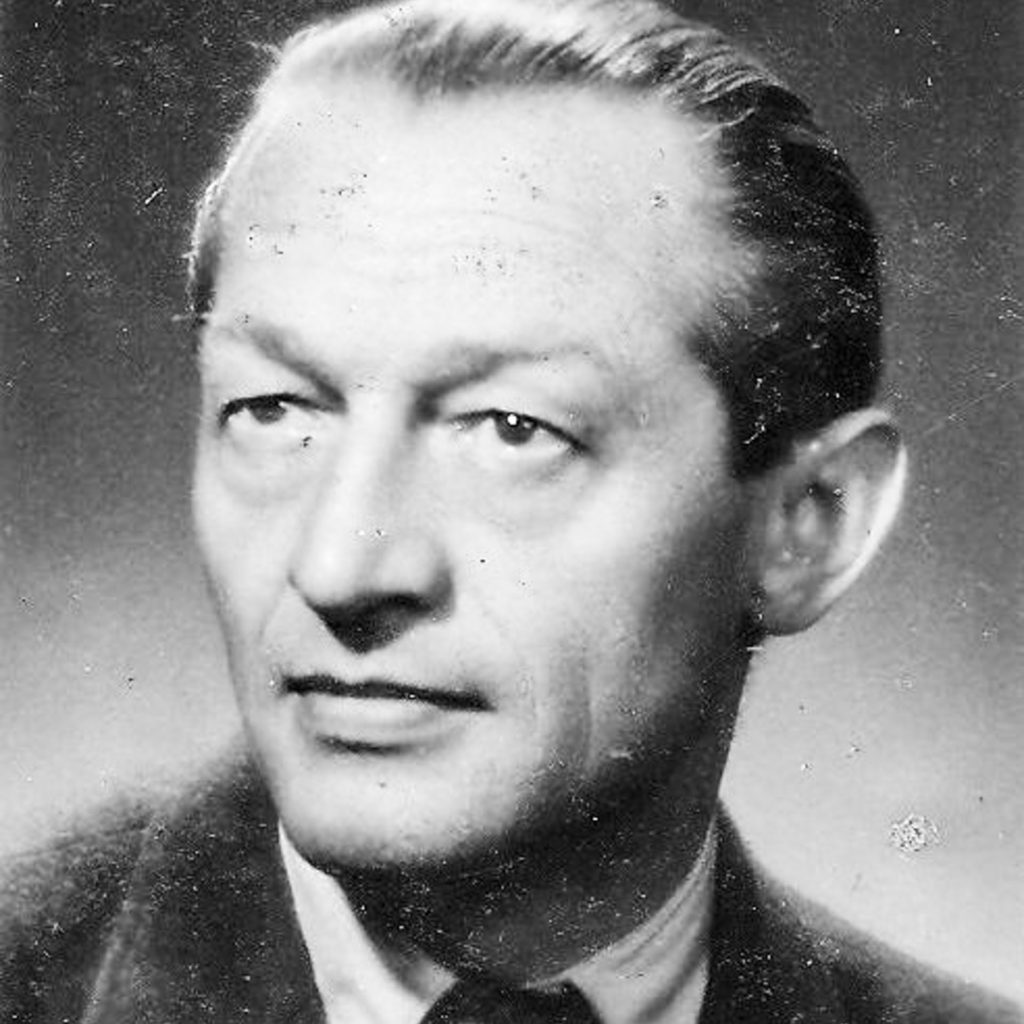
An architect who studied at the Academy of Arts, Architecture and Design and at CTU in Prague and managed an independent architectural studio with his brother Jaroslav Fišer. In addition to the Joska House in Baba, they also designed other houses and buildings throughout the country.
1924-1932
studied architecture at the Academy of Arts, Architecture, and Design and CTU in Prague
1932-1948
independent design studio in Prague in cooperation with his brother Jaroslav Fišer
Significant Works
1932
house of František Joska (in cooperation with his brother Jaroslav Fišer), Baba, Prague-Dejvice
1932-1948
villas in Roudnice nad Labem, Liberec and Moravské Budějovice
factory buildings in Prague-Modřany and Prague-Hloubětín
town rental houses, Chrudimská and Písecká Streets, Prague-Vinohrady
reconstruction of the theatre in Mnichovo Hradiště
1947
adjustments to the Světozor Arcade, Prague
Josef Fuchs
(*1894 +1979 Prague)
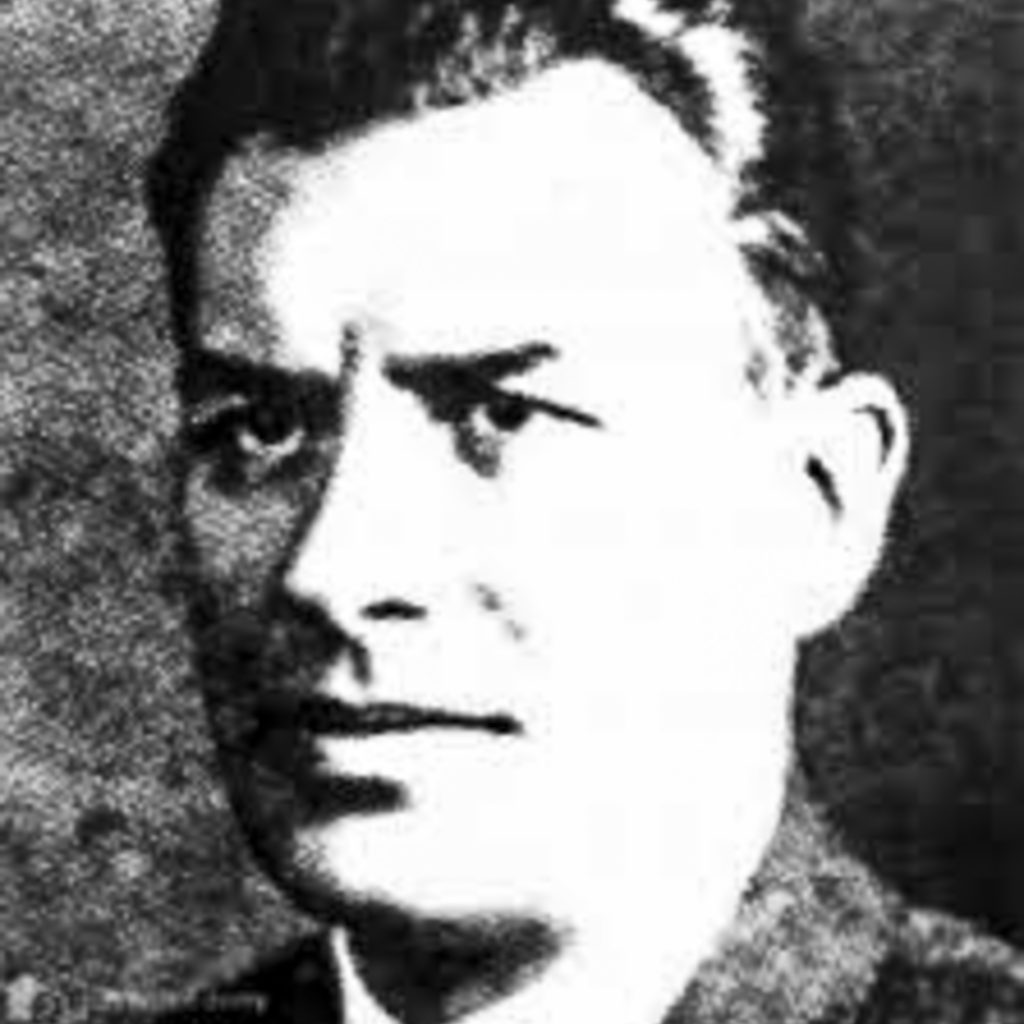
An architect and builder and a student of Jan Kotěra and Josip Plečnik, who influenced Fuchs’ beginnings with his traditionalist approach. But Fuchs soon found himself part of the constructivist and modernist movement. Together with Oldřich Tyl, he designed the Trade Fair Palace, an icon of interwar functionalism admired by Le Corbusier himself. He worked with an idea of maximum functionality. His projects excel in perfect proportionality and geometric accuracy. He received a number of awards, both at home and abroad, such as the bronze medal at the International Exhibition of Modern Decorative and Industrial Arts in Paris in 1925 (for interior design) or being made a Knight of the Legion of Honour (for the design of the French exhibition at the Prague Fair in 1930).
1916-1920
studied architecture with Professor Josip Plečnik at the Academy of Arts, Architecture, and Design in Prague
1920-1923
cooperated with the studio of Professor Jan Kotěra in Prague
1923-1948
independent architect in Prague
Significant Works
1924-1928
Trade Fair Palace, Prague-Holešovice (in cooperation with Oldřich Tyl)
1931
entrance building of the ZOO in Prague-Troja
1932
house of František and Naďa Munk, Baba, Prague-Dejvice
1934
ice hockey stadium in Prague-Štvanice
villas in Prague Pelc-Tyrolka and Prague-Dejvice
Josef Gočár
(*1880 Semtín +1945 Jičín)
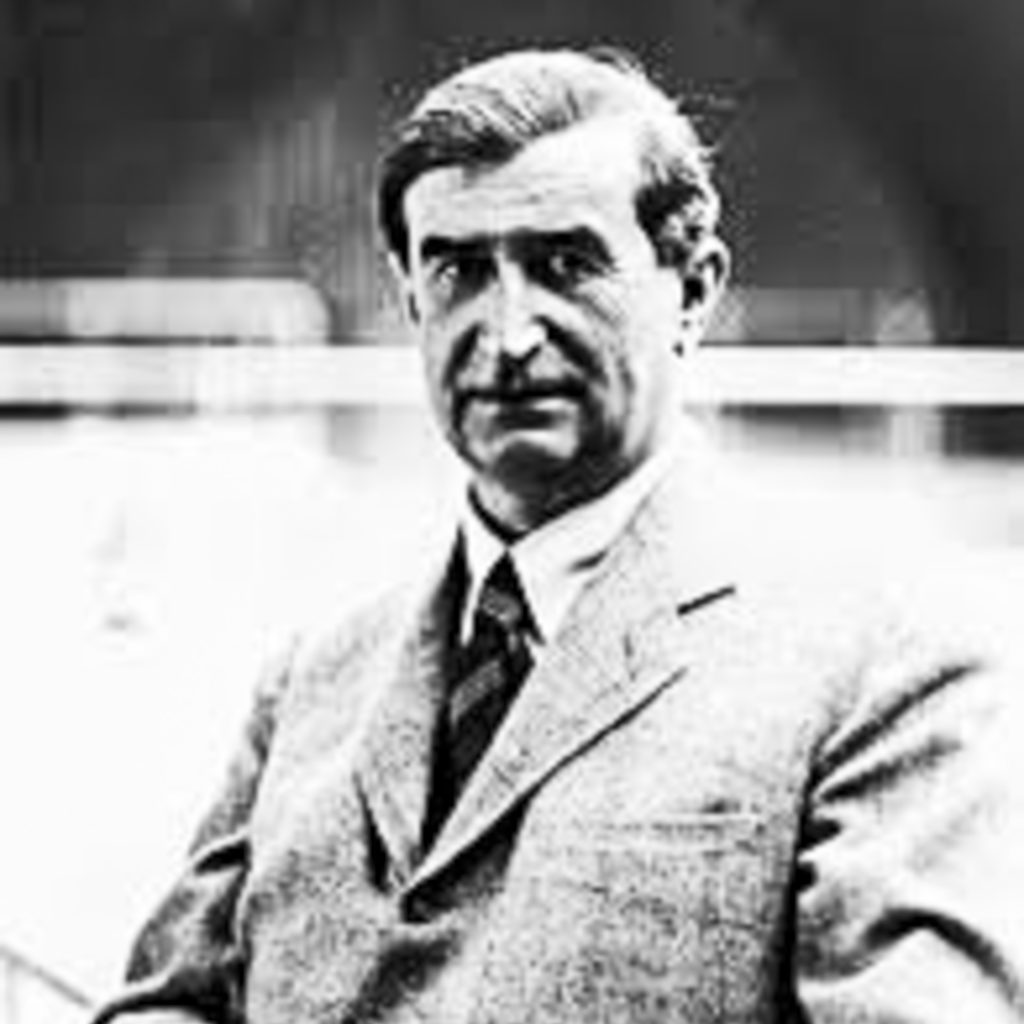
An architect, professor, urban planner (Hradec Králové and Pardubice), and designer of furniture and articles for daily use. Josef Gočár was a generally respected figure of Czech architecture; he influenced many of his students and the following generations of architects. His works display the world’s rarity of Czech cubism in architecture (the iconic House at the Black Madonna) and rondocubism (the Legiobanka building, Na poříčí Street), the influence of constructivism or even designs in the national or Art Deco style. His professional life culminated with functionalism; the villas of the Baba estate (the Maule, Kytlice and Glücklich Houses) or the Church of St. Wenceslas in Vršovice. In 1925, he received the Grand Prix for his design of the Czechoslovak pavilion at the International Exhibition in Paris and, in 1926, he received the Order of the French Legion of Honour.
1902-1905
studied architecture with Professor Jan Kotěra at the Academy of Arts, Architecture, and Design in Prague
1905-1908
cooperated with the studio of Professor Jan Kotěra in Prague
1906
spent several months in London while supervising the Czech installation at the London Exhibition
1908-1945
independent architect in Prague
1908
member of the Mánes Union of Fine Arts
1911
co-founder of the Cubist Group of Fine Artists
1912
co-founder of the Prague Art Workshops (PUD)
1913-1914
member of the Association of Czech Works (SČD)
1916-1919
military service
1920-1924
President of the Czechoslovak Werkbund (SČSD)
1924
professor at the Academy of Fine Arts in Prague
1927
member of the Czech Academy of Sciences and Arts
1928-1931
Rector of the Academy of Fine Arts in Prague
1934
corresponding member of the Royal Institute of British Architects (RIBA)
Significant Works
1909
Wenke’s House, Jaroměř
1910
Jarušek’s House, Brno
1911-1913
The House at the Black Madonna, Prague-Staré Město
1912-13
Spa Pavilion, Bohdaneč
1920
Czechoslovak Pavilion for the trade fair in Lyon
1922-23
Legiobanka building, Prague-Nové Město
1922-24
Masaryk Square, Hradec Králové
1924-25
building plan of Hradec Králové
1924-1927
school building campus, Hradec Králové
1925
Czechoslovak Pavilion at the International Exhibition of Modern Decorative and Industrial Arts, Paris
House of Agricultural Enlightenment, Prague-Vinohrady
1928-1930
Church of St. Wenceslas, Prague-Vršovice
1932
Directorate of the Czechoslovak State Railways, Hradec Králové
1932
house of Václav and Jarmila Maule, Baba, Prague-Dejvice
1933-1936
houses of Karel Kytice, Marie and Stanislav Mojžíš-Lom, and Julius Glücklich, Baba, Prague-Dejvice
1934
Tax and District Office, Hradec Králové
Otakar Med’s villa, Humpolec
Antonín Heythum
(*1901 Most +1954 Rottach, Bavaria)
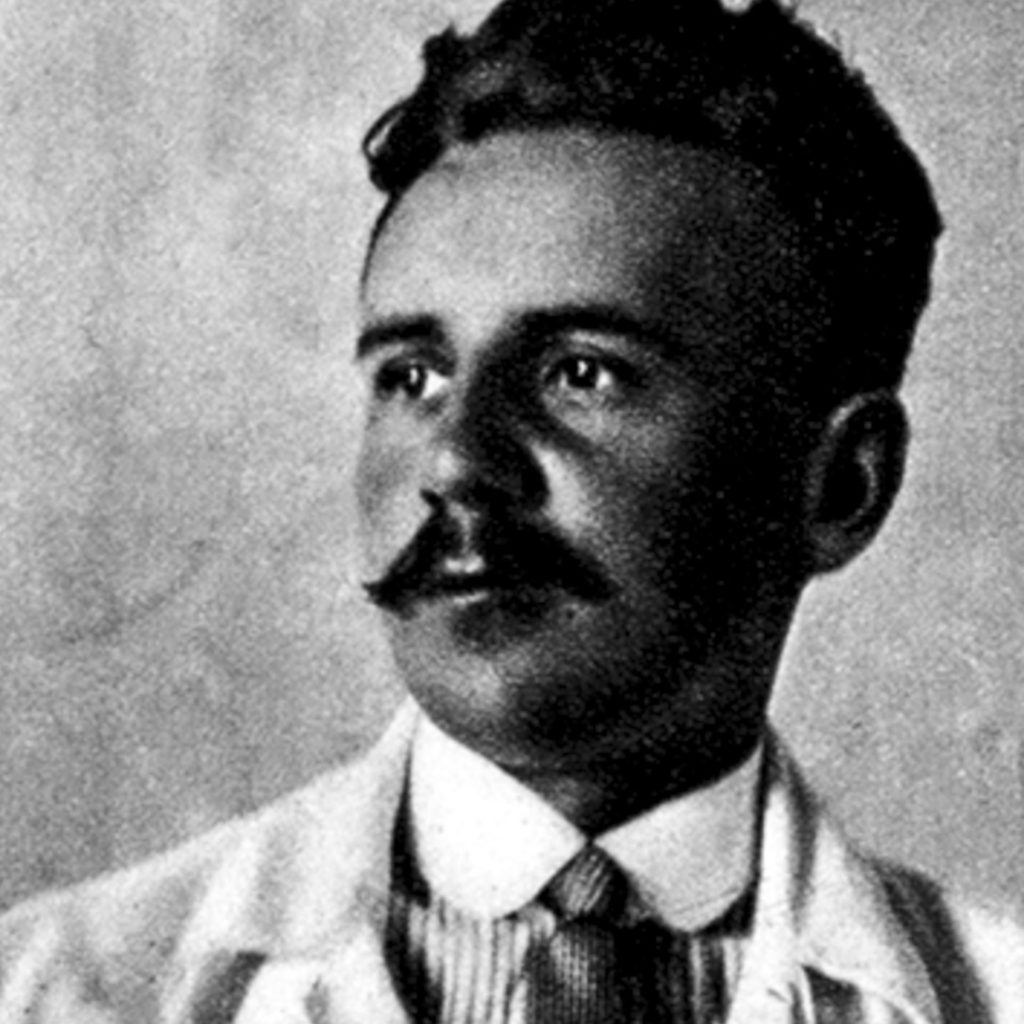
A stage designer, graphic artist, architect, and furniture designer. He was at the birth of the Liberated Theatre stage design. He worked briefly in Le Corbusier’s studio in Paris and, in 1936, he received a gold medal at the Triennale in Milan for Theatre Stage Setting. In 1938, he left for the USA to set up the Czechoslovak pavilion for the International Exhibition in New York and the San Francisco Exhibition. He then stayed in the USA and lectured at universities. His work was based on cubism but gradually moved towards the simplicity and versatility of functionalism. He was, above all, a pioneer in theatre constructivism. In furniture-making, he was an advocate of standard functionalist design for series production. He is the co-author of Design for Use from 1944. Together with Evžen Linhart, he designed the Lisý House in Baba.
1920-1924
studied architecture, civil engineering, and ship construction at CTU in Prague
1924-1939
architect, designer, and stage designer in Prague
1939
emigrated to the USA
1940-1941
lectured at the New School for Social Research in New York
1941-1946
lectured at the California Institute of Technology
1946-1950
lectured at Syracuse University
Significant Works
1924-1938
stage designs for prominent Czech theatres
1932
house of Marie and Emanuel Lisý (in cooperation with Evžen Linhart), Baba, Praha-Dejvice
1935
Czechoslovak Pavilion at the World Exhibition in Brussels
Pavel Janák
(*1882 Prague +1956 Prague)
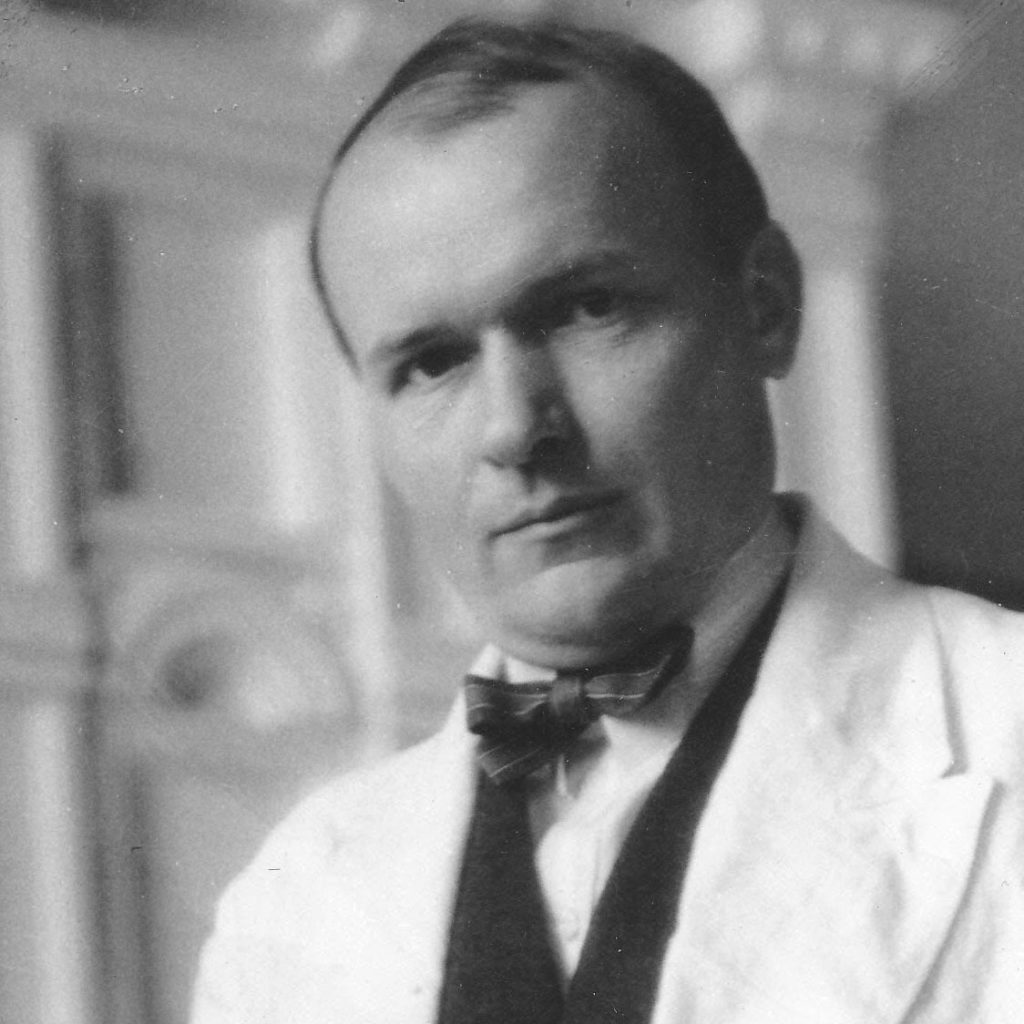
An architect, urban planner, designer of furniture and decorations, professor at the Academy of Arts, Architecture and Design, and architectural theoretician. He studied technical studies in Prague at both the Czech and German schools, as well as at the Academy of Art in Vienna. He worked with Josef Gočár at Jan Kotěra’s studio. His works go through several distinct phases: his first period is consciously focused on modernism, then he becomes the leading representative of Czech cubism. He then goes through a period of national style only to end up being entirely devoted to functionalism. He was a long-standing president of the Czechoslovak Werkbund, the main initiator of the functionalist Baba estate, and the author of Baba’s urban plans. In the Baba estate, he designed the Dovolil House as well as his own house.
1899-1905
studied architecture at CTU in Prague
1902-1903
studied at the German Technical High School in Prague
1906-1907
studied at the Academy of Fine Arts in Vienna with Otto Wagner
1907-1908
cooperated with the studio of Professor Jan Kotěra in Prague, study trips to Italy
1908
member of the Mánes Union of Fine Arts
1909-1910
employed in the Department of Construction of the Prague City Hall
1911
independent architect in Prague
member of the Group of Fine Artists in Prague
1912
co-founder of the Prague Art Workshops (PUD)
1914-1918
military service
1919
state exam at the Czech Technical University in Prague
1921
Professor at the Academy of Arts, Architecture, and Design in Prague
member of the Czech Academy of Sciences and Arts
1924-1945
President of the Czechoslovak Werkbund (SČSD)
1935
corresponding member of the Moscow Academy of Architecture
1936-1956
architect of Prague Castle
Significant Works
1909-1910
Hlávka’s Bridge in Prague
1911
Jakubec house, Jičín
1912-1913
reconstruction of Dr. Fára’s house, Pelhřimov
1913-1914
weir on the River Labe, Předměřice 1
1914
Villa Pick, Ljubljana
1922
crematorium, Pardubice
1922-1924
Riunione adriatica di Sicurta, Prague-Nové Město (with Josef Zasche)
1923-1924
artists’ colony (villas of J. Benda, B. Kafka, E. Filla and V. Beneš), Prague-Ořechovka
1924-1926
Škoda Palace, Prague-Nové Město
Czech Autoclub building, Prague-Nové Město
1924-1928
Libeň Bridge, Prague
1925-1934
reconstruction and extension of the Czernin Palace, Prague-Hradčany
1927
airport, Mariánské Lázně
1927-1928
pavilion of the Academy of Arts, Architecture, and Design at the Brno Exhibition Centre
1927-1929
block of cooperative houses, Prague-Dejvice
1929-1932
building plan of the Baba Housing Estate, Prague-Dejvice
1932
houses of Pavla and Václav Linda and Ing. Karel Dovolil and his own house, Baba, Prague-Dejvice
Juliš Hotel, Prague-Nové Město
Congregation of the Czechoslovak Hussite Church, Prague-Vinohrady
1934-1935
villa with a studio for the sculptor Josef Mařatka, Prague-Střešovice
1948-1950
renovation of the Riding Hall, extension of garages and terraces, Prague Castle
1950
renovation of the Hall of Ball Games, Prague Castle
František Kavalír
(*1878 Osek +1932 Prague)
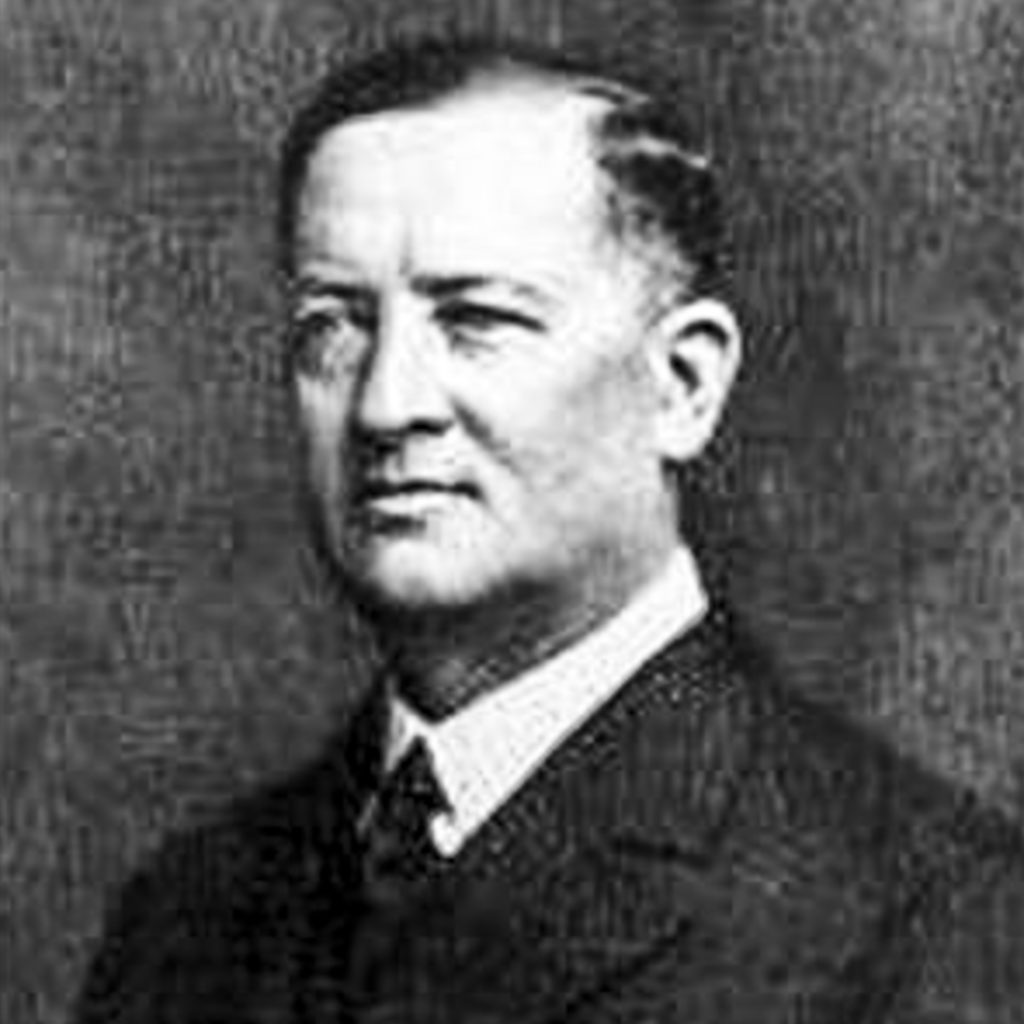
An architect, publicist, and building entrepreneur; a student of Jan Kotěra and classmate of Josef Gočár at the Academy of Arts, Architecture and Design in Prague. In 1914, he co-founded the Architects’ Society and the “Za starou Prahu” Association; he also co-founded Artěl, an association supporting the Czech art industry, over which he also presided. It brought together progressive personalities of Czech art and design. In the Baba estate, he designed the Letošník House and Uhlíř House, which he built with his brother Václav. They also built other houses not of their design.
1899-1903
studied with Professor Jan Kotěra at the Academy of Arts, Architecture, and Design in Prague
later he was in construction with his brother Václav in Prague
active member of the Artěl Association and the Czechoslovak Werkbund (SČSD)
Significant Works
around 1923
school, on Vinohradská třída, Prague-Vinohrady
around 1925
school, Humpolec
around 1927
residential estate, Prague-Hřebenka
1928
triple villa, Prague-Střešovice
buildings of the Association of Building Entrepreneurs, Prague-Nové Město
1932
houses of Antonín Uhlíř and Božena and Václav Letošník, Baba, Prague-Dejvice
Jan Evangelista Koula
(*1896 Prague +1975 Prague)
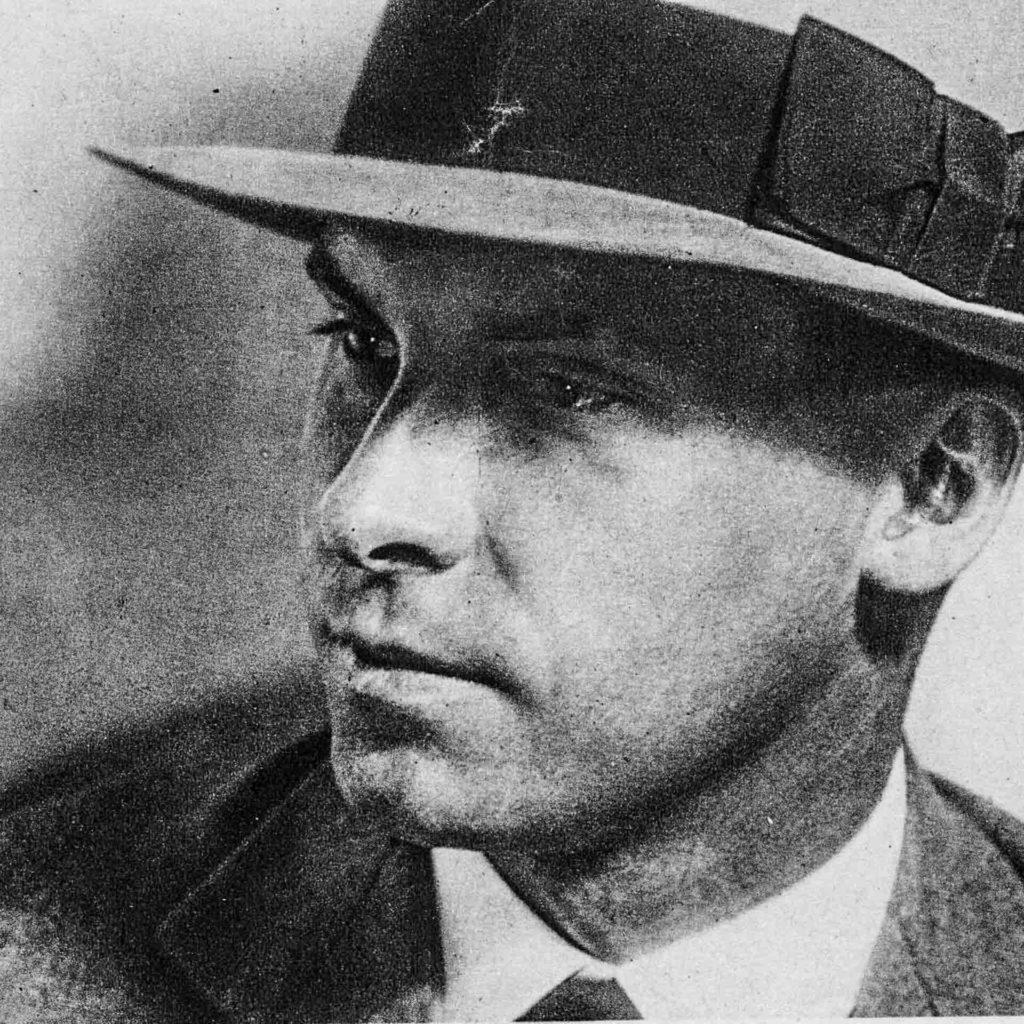
An architect, furniture designer, historian, modern architectural theoretician, designer, teacher, and editor of the “Stavba” Magazine. He was a professor at the Academy of Arts, Architecture and Design in Prague and, between 1947 and 1970, also at the Slovak University of Technology in Bratislava. Besides a house in Baba for the publisher Václav Poláček, he also authored a number of unique publications on modern architecture, such as Obytný dům.
1915-1921
studied architecture at CTU in Prague
1924-1928
cooperation with the architectural studio of Oldřich Tyl
1928-1940
independent architect in Prague
1942-1945
professor at the Academy of Arts, Architecture, and Design in Prague
1945-1970
professor at the Slovak University of Technology in Bratislava
Significant Works
1928
the editor Šalda’s villa, Prague-Smíchov
1932
house of Marie and Václav Poláček, Baba, Prague-Dejvice
1933
summer villa, Lipany
1939
reconstruction of Jan Koula’s villa, Prague-Bubeneč
Vojtěch Kerhart
(*1892 Poděbrady +1978 Poděbrady)
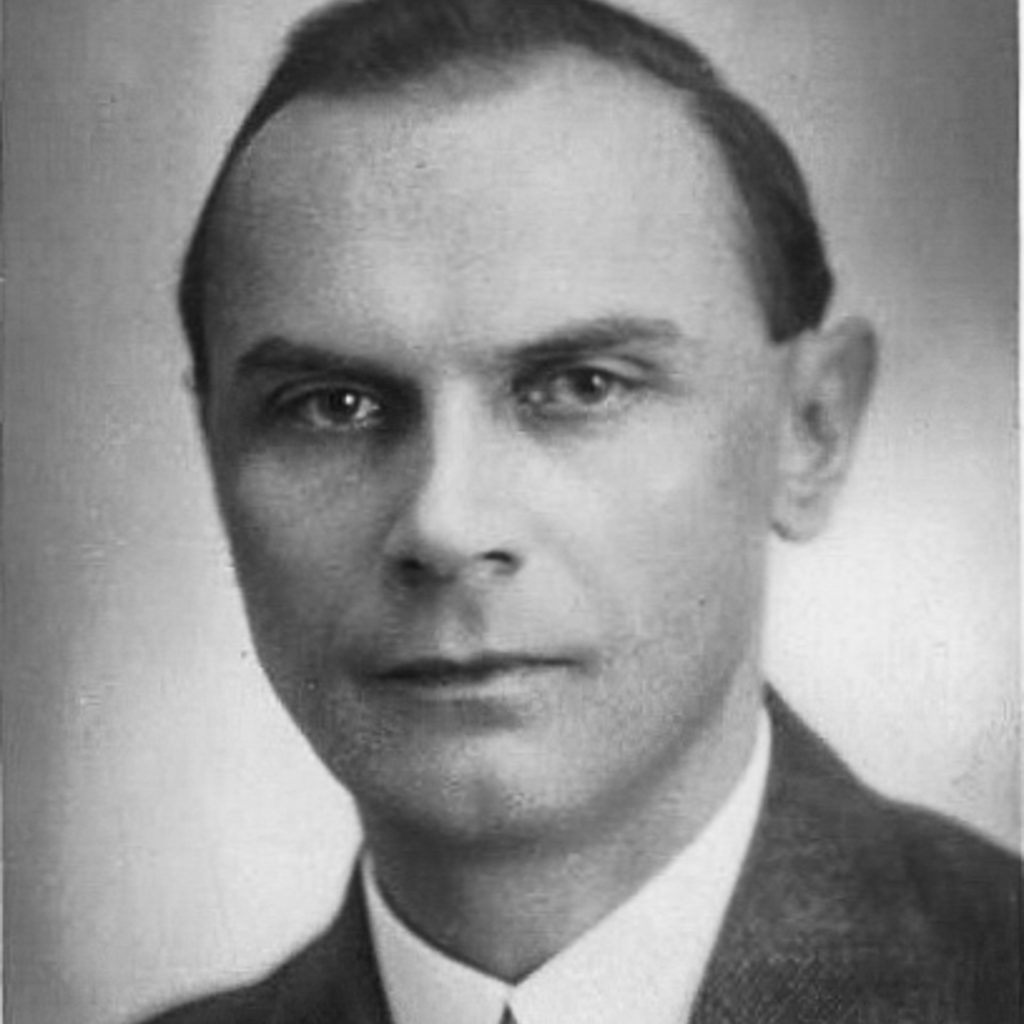
An architect and representative of interwar functionalism. He often cooperated with sculptors on creating monuments. Many of them are now listed as cultural heritage sites. He had his own design studio and was a member of the Art Department of the Czech Artists’ Forum (Umělecká beseda). In the Baba estate, he designed a house for the writer Václav Řezáč.
1911-1922
studied architecture at CTU in Prague
1914-1916
military service in the Austro-Hungarian army
1916-1920
military service in the Czechoslovak Legion in Russia, return via Vladivostok and Canada as a major
1922-1923
employed at the Ministry of Health
1924-1925
employed at the Ministry of Defence
1925-1948
independent architect in Prague and Poděbrady
1948-1957
employed in state design institutes
Significant Works
1924
barracks, Pardubice
1926
College of Agriculture, Poděbrady
1927-1928
monuments to President T. G. Masaryk in Poděbrady, Kroměříž, Nitra (in cooperation with Otto Gutfreund) and Kolín (in cooperation with J. Hruška and K. Kotrba)
1928
monument to Napoleon Bonaparte, Žuráň
1929
Štefánik’s House, Prague-Nové Město (in cooperation with Jan Zázvorka)
1930
post office, Poděbrady
1932
house of Karel Řezáč, Baba, Prague-Dejvice
1933
house of Karla Moravcová, Baba, Prague-Dejvice
weir and lock, Srnojedy, near Poděbrady
1934
monument to Bedřich Smetana, Poděbrady (in cooperation with Josef Wagner)
weir and hydroelectric power plant, Lysá nad Labem
villa in Dobřichovice
1934-1937
residential houses for pilots, workshops and police station, Prague-Ruzyně Airport
1935
barracks, Tábor
1937
Prague II radio station, Mělník
1938
Brno II radio station, Dobrochov
Poděbrady Colonnade
1939
Karel Čapek’s tombstone, Prague-Vyšehrad
villa in Volyně
1948
memorial to the victims of the German occupation, Poděbrady (in cooperation with K. Lidický)
1957
monument to Jan Hus, Husinec (in cooperation with K. Lidický)
1958
kiosk on Rieger Square, Poděbrady
Evžen Linhart
(*1898 Kouřim +1949 Prague)
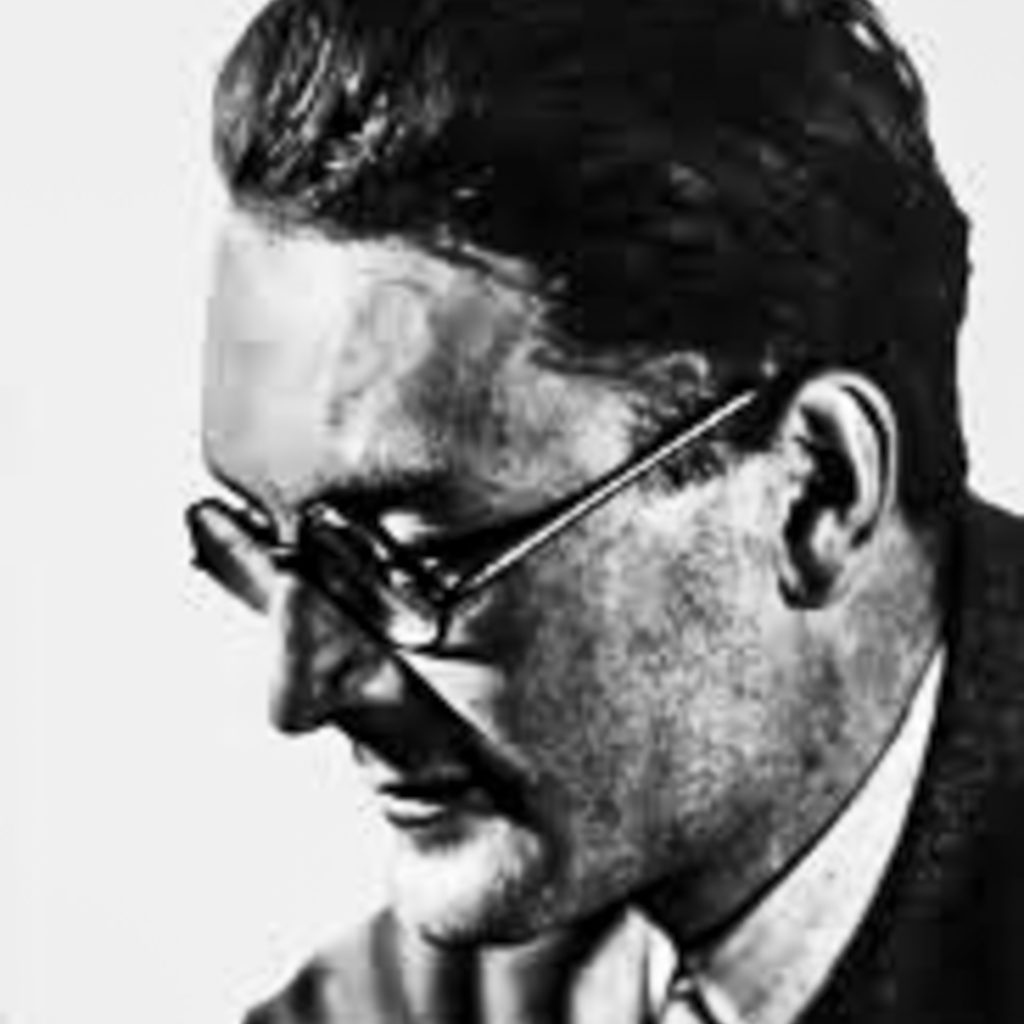
An architect, furniture designer, and student of Antonín Engel at CTU in Prague. His works are based on purism (co-founder of the “Purist Four” of the Devětsil Association) and Czech modernism, which stood in juxtaposition to the hitherto popular decorativism. Influenced by Le Corbusier, he later became an advocate of functionalism. He was a member of the ARDEV Association and Mánes Union of Fine Arts. His designs, most of which were unfortunately not implemented, combine an extraordinarily artistic dispositional creativity with structural purity and attention to detail. Together with Antonín Heythum, he designed the Lisý House in the Baba estate.
1918-1924
studied architecture with Professors Rudolf Kříženecký and Antonín Engel at CTU in Prague
1924-1945
employed at the Housing Authority at the Prague City Hall
1946-1949
Director of the Department of Exhibitions at the Ministry of Information
Significant Works
1924-25
residential block of flats, Prague-Žižkov
1925
residential block of flats, Prague-Hostivař
1927-1929
his own villa, Prague-Dejvice
1932
house of Marie and Emanuel Lisý (in cooperation with Antonín Heythum), Baba, Praha-Dejvice
1938
residential house, Prague-Dejvice
1946-58
collective house of the Stalin chemical plants, Horní Litvínov (in cooperation with Václav Hilský)
1947
Czechoslovak exhibition at the Triennale di Milano
Mart Stam
(*1899 Purmerend, the Netherlands +1986 Goldach, Switzerland)
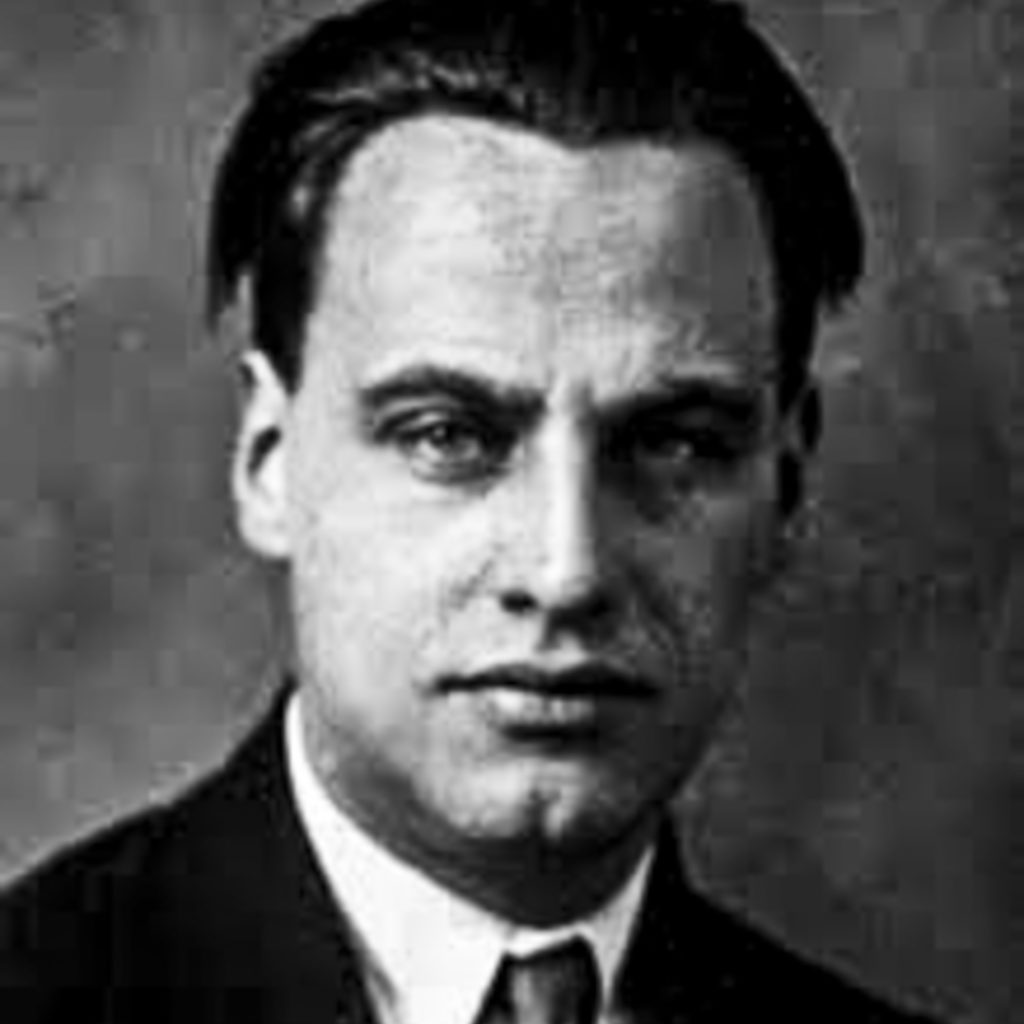
A self-taught Dutch architect, urban planner and furniture designer; one of the founders of the international ideological association C.I.A.M.; he worked for Hans Poelzig and Bruno Taut’s studios and was the director of the School of Industrial Design in Amsterdam and later the rector of the Academy of Fine Arts in Dresden, as well as the director of the Berlin Art Institute. He was the only foreign architect to work on the Baba estate, where he designed a villa for the builder Palička and his wife Emílie, who discovered his work at the Stuttgart Exhibition in 1927. He designed the iconic dining chair for Thonet.
1917-1919
studied at the Amsterdam University of the Arts
1919
worked in the architectural studio of Marinus Jan Granpré Moliér, Pieter Verhagen and Albert J. T. Kok in Rotterdam
1920-1922
imprisoned for refusing to perform military service
1922
worked on the Hague building plan
went to Berlin, cooperated with Max Taut and El Lissitzky
1923
co-founder of the architectural magazine ABC in Zurich
1923-1924
worked in the architectural studio of Karel Moser in Zurich
1925-1928
member of the Dutch group of architects called “De 8”, later renamed as “De 8 en Opbouw”
1926-1927
worked in the architectural studio of Brinkman and Van der Vlugt in Rotterdam 1927
1928-1930
worked in Frankfurt am Main on the “New Frankfurt” housing projects
1931-1934
architect and urbanist in the Soviet Union in Ernst May’s working group (urban projects)
1935-1948
independent architect in Amsterdam
1939-1948
Director of Amsterdam House of Arts & Crafts
1948-1952
professor at the Dresden Academy of Fine Arts
1950-1952
Director of the Weißensee Academy of Art in Berlin
1953
return to Amsterdam
1966
relocation to Switzerland
Significant Works
1926
steel-tube armchair
1926-30
Van Nelle Factory Rotterdam (in cooperation with the architectural studio of Brinkman and Van der Vlugt)
1927
triple villa, Weissenhof housing estate, Stuttgart
1929-1932
Hellerhof housing estate, Frankfurt
1932
house of Emilie and Jiří Palička, Baba, Prague-Dejvice (in cooperation with Jiří Palička)
1935
terraced houses, Amsterdam
Oldřich Starý
(*1884 Praha +1971 Praha)
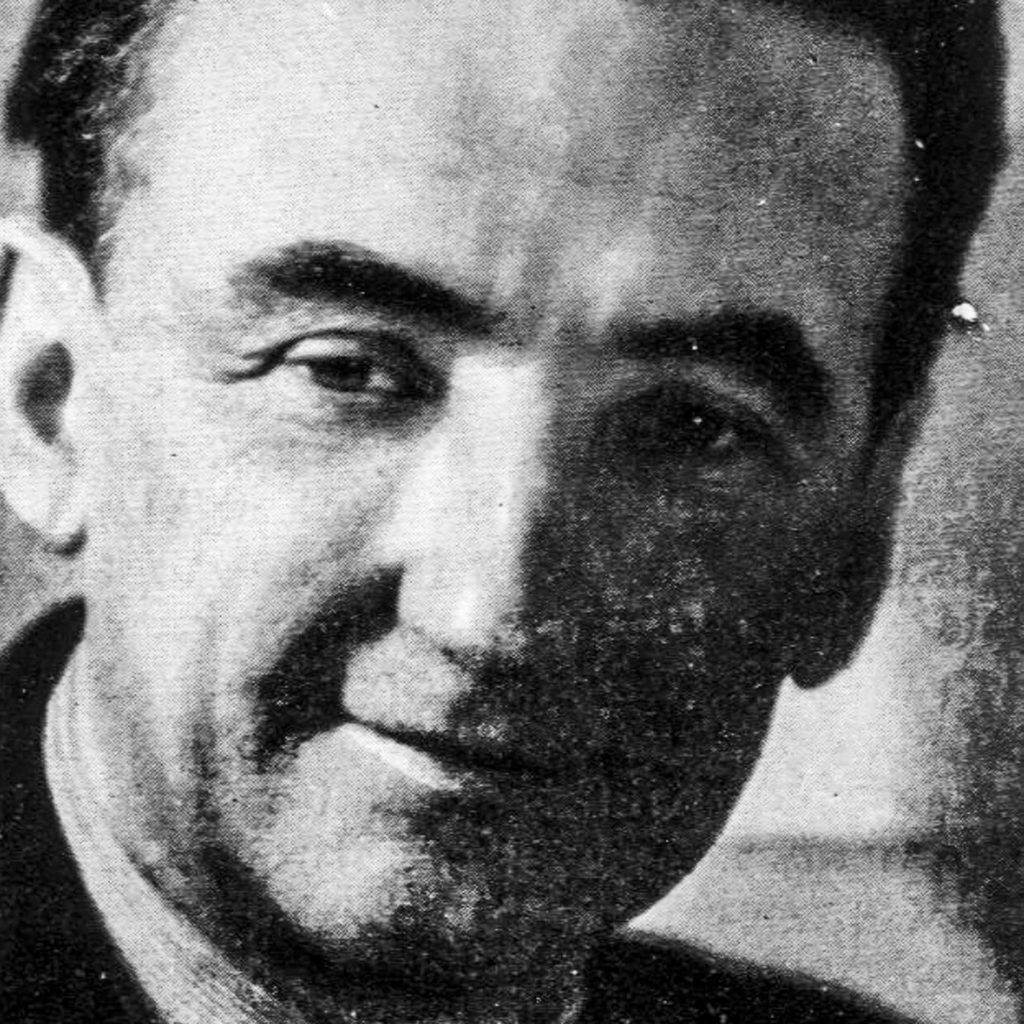
A pioneer of Czech functionalism, architect, theoretician, and teacher; he is one of the most prominent figures in Czech modern architecture of the interwar period, with its principles of “new architecture,” purity, truthfulness of form, and the belief that architecture is not an art but a “scientifically-based cultural task.” He soon became a harsh critic of excessive façade decoration. Bearing in mind Le Corbusier’s view of the house as a “machine for living,” he designed four houses in Baba (Heřman, Bouda, Vaváček, and Sutnar). He is the author of the palace building on Národní třída in Prague, which he designed for the Czechoslovak Werkbund in 1936, and he was also the Werkbund’s president from 1935. He also presided over the Architects’ Club and was the editor of the functionalist “Stavba” Magazine. He was a professor and later the rector of CTU in Prague.
1903-1909
studied architecture with Professors Josef Schulz and Jan Koula at CTU in Prague
1912-1919
professor at the State Technical School in Pilsen
1913
founding member of the Architects’ Club
1920-1945
professor at the State Technical School in Prague
1920-1948
President of the Architects’ Club
1922-1939
editor-in-chief of the “Stavba” Magazine
1939-1971
editor-in-chief of the “Architektura” Magazine
1945-1970
professor of architecture at CTU in Prague
1948
Rector of CTU
Significant Works
1928
house at the Exhibition of Contemporary Culture in Czechoslovakia, Brno
1929-1932
villas in Prague-Dejvice 1934-36
1932
houses of Iška and Ladislav Sutnar, František Heřman, Cyril Bouda and Karla and Gustav Vaváček, Baba, Prague-Dejvice
1934-1936
House of Art Industry on Národní třída in Prague (in cooperation with František Zelenka)
1935
villa in Prague-Braník
Hana Kučerová-Záveská
(*1904 Prague +1944 Stockholm)
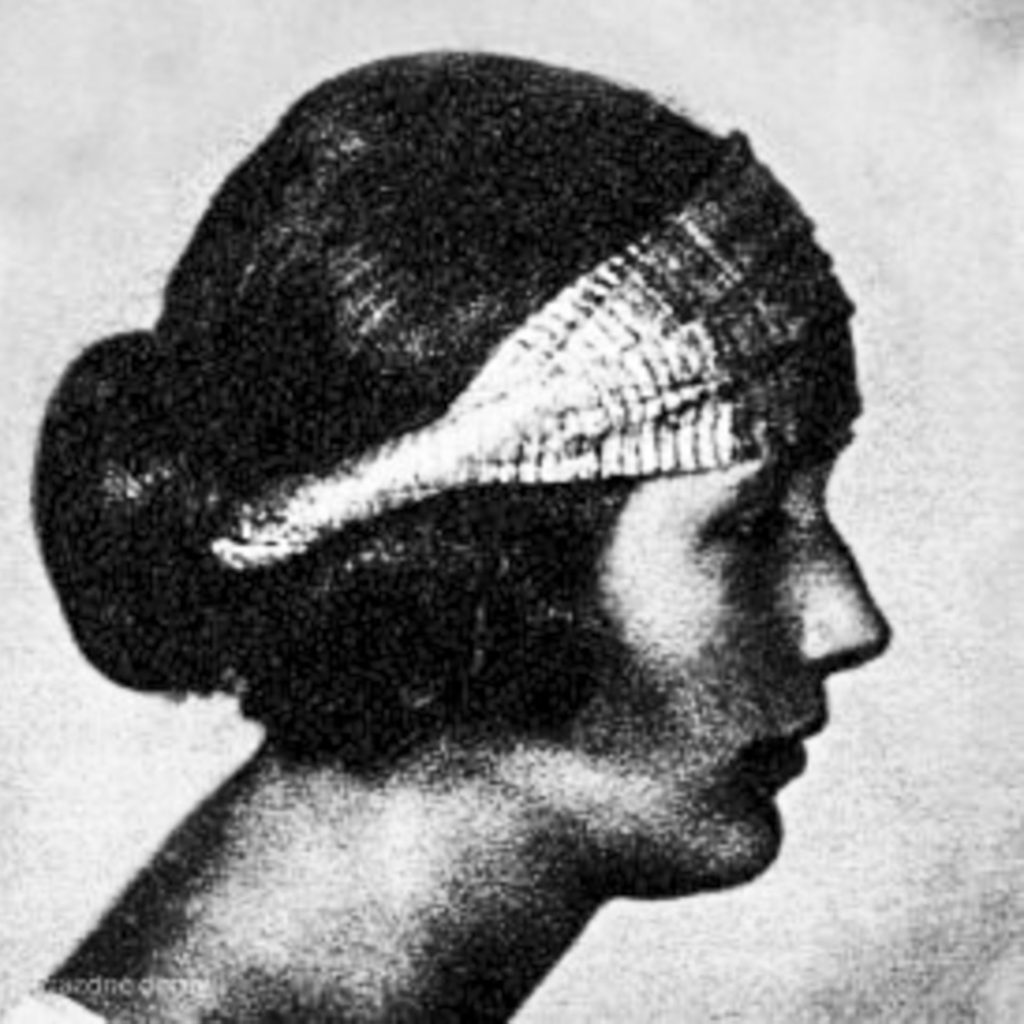
An architect, publicist, and progressive furniture and interior designer; a student of Pavel Janák at the Academy of Arts, Architecture and Design. As a member of the Czechoslovak Werkbund, she subscribed to the ideology of modern architecture: purposefulness of the floor plan, simple furniture which is comfortable yet affordable, and liberation of women from unnecessary housework. She commenced a successful cooperation with the Artěl association, as well as the furniture company Spojené uměleckoprůmyslové závody (UP) in Brno. Her furniture for the Barrandov terraces (1929) was later produced in series for many years. She only designed two houses in her short life – the Balling House and Suk House in the Baba estate. She died at the age of 40 in Stockholm, where she lived with her husband, Czechoslovak ambassador Dr. Vladimír Kučera.
1922-1927
studied architecture with Professors Karel Štípl, Josef Mařatka and Pavel Janák at the Academy of Arts, Architecture, and Design in Prague
1928-1937
independent architect and designer in Prague
1937
architect in Stockholm, where her husband Jaroslav Kučera worked as the ambassador
Significant Works
1928
restaurant terrace in Barrandov, Prague
1932
houses of Karel Balling and Antonia and Václav Suk, Baba, Prague-Dejvice
standard-type kitchen for Zenobie Vítězová, Přerov
several interior furnishings and designs for private clients
1933
participation in the “Apartment” exhibition of the Czechoslovak Werkbund (SČSD) in Prague
1934
house in Dobřichovice
Ladislav Žák
(*1900 Prague +1973 Prague)
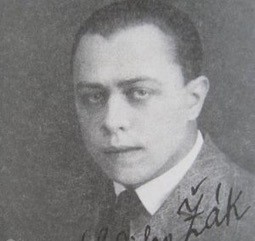
An architect, painter, interior and furniture designer, theoretician, and teacher; a student of Josef Gočár at the Prague Academy of Fine Arts. During his stay in France, Germany, and the Netherlands, he was interested in functionalist buildings, Bauhaus architecture, and Dutch rationalism. Three exceptional houses in Baba (Zaorálek, Herain, and Čeněk) marked the culmination of his functionalist work in which he applied the functionalist principles: a free floor plan, large rooms connected to outdoor sundecks, bright façades, and strip windows. His work also shows characteristics of the nautical (cabin-like) style: rounded shapes of buildings and windows. For example, he put a captain’s bridge on the roof of the Herain villa. Even his interiors and furniture displayed functionalist and purist characteristics. Following a falling-out with the builders, he focused on landscape architecture and urban planning, which he summarised in the publication Obytná krajina (1947). Under the socialist regime, he remained a lecturer at the Prague Academy of Fine Arts thanks to the architect Frágner.
1919-1924
studied painting with Professor Karel Krattner at the Academy of Fine Arts in Prague
1924-1927
studied architecture with Professor Josef Gočár at the Academy of Fine Arts in Prague
1927-1930
taught drawing at the technical schools in Brno and Pilsen
1927-1948
independent architect in Prague
1945-1973
associate professor of Garden and Landscape Architecture at the Academy of Fine Arts in Prague
Significant Works
1932
houses of Ludmila and Karel Herain, Bohumil Čeněk and Hugo Zaorálek, Baba, Prague-Dejvice
1932-33
Dr. Ing. Miroslav Hain’s villa, Prague-Vysočany
1934-35
villa of the film director Martin Frič, Prague-Hodkovičky
reconstruction of his own residential building with small apartments, Prague-Letná
1936-37
villa of the actress Lída Baarová, Prague-Dejvice
1946
memorial to the victims of WWII, Ležáky

